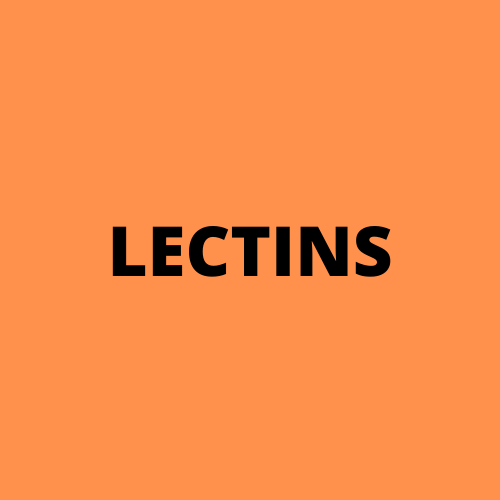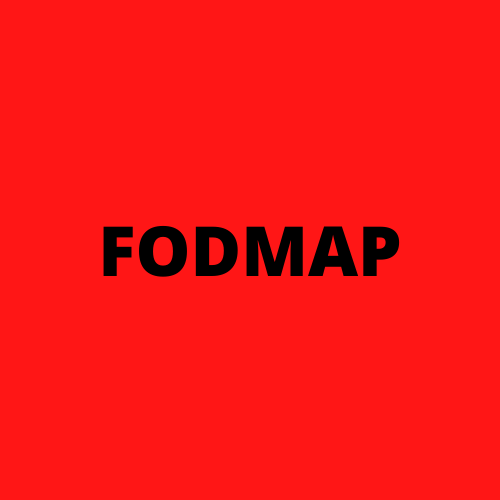
CHERRY ALLERGY
Key Allergens
Cherries are in the Rosaceae family of plants which includes apples, peaches, pears, plums and strawberries.
Most people suffering from this allergy are thought to be sensitised to the protein Pru av 1, which is similar in shape to Bet v 1 which is a protein found in birch pollen. This can cause cross reactions with other fruit.
Pru av 2 is a thaumatin-like protein, this is made by plants to inhibit fungal growth.
Pru av 3 is a Lipid Transfer Protein, more severe reactions to cherry are thought to be caused by these proteins.
Pru av 4 is a profilin protein, these proteins are considered to be panallergens and can cause issues over many groups of foods.
Pru av 7 is a gibberellin regulated protein. Gibberellins are plant hormones associated with growth and development.
Most people suffering from this allergy are thought to be sensitised to the protein Pru av 1, which is similar in shape to Bet v 1 which is a protein found in birch pollen. This can cause cross reactions with other fruit.
Pru av 2 is a thaumatin-like protein, this is made by plants to inhibit fungal growth.
Pru av 3 is a Lipid Transfer Protein, more severe reactions to cherry are thought to be caused by these proteins.
Pru av 4 is a profilin protein, these proteins are considered to be panallergens and can cause issues over many groups of foods.
Pru av 7 is a gibberellin regulated protein. Gibberellins are plant hormones associated with growth and development.
Food Intolerances




Preserved cherries like glace or maraschino cherries are high in sulphites. Fresh cherries are low and are suitable for a low sulphite diet. Sulphites are inorganic salts used in preservations and have the potential to cause symptoms of food intolerance to those sensitive to sulphites, this food intolerance is more common in asthmatics. An improvement in symptoms can be made with a change to a low sulphite diet.
Cherries are a high FODMAP food. FODMAP stands for Fermentable oligosaccharides, disaccharides, monosaccharides and polyols. Foods high in FODMAPs can cause symptoms of food intolerance, affecting the gastro intestinal system and this can be mistaken for a true IgE food allergy.
Cherries are high in salicylates. Salicylates have the potential to cause worsening of asthma, swelling, itching and hives as well as food intolerance symptoms in people who are sensitive to salicylates.
Cherries are one of the few fruits to contain a moderate amount of lectins, another cause of food intolerance. Cooking foods with lectins makes them more digestible and can reduce the symptoms of food intolerance.
You can read more about Food Intolerances on the dedicated Food Intolerance Page.
Associated Syndromes
You may have Pollen-Food Allergy Syndrome if you suffer from cherry allergy with oral allergy symptoms to 3 or more of the foods mentioned in cross reactivity section.
Allergy to cherry is sometimes linked to Celery-Mugwort-Spice Syndrome as the sensitising allergen is a profilin protein called Art v 4, these proteins are also sometimes also called Bet v 2 proteins.
There is a link between cherry and Latex Food Syndrome. The plant involved in latex allergy Hevea brasiliensis, the rubber tree plant, has an allergen called Hev b 8 which is a profilin protein. Those very sensitised to latex may have a contact allergic reaction from other foods or plants containing profilin proteins, there is less evidence of this than sensitisation to other latex linked proteins like hevein and chitinases.
You may be suffering from LTP Syndrome if you suffer allergic reactions from eating 3 or more foods mentioned in the cross reactivity section below.
Allergy to cherry is sometimes linked to Celery-Mugwort-Spice Syndrome as the sensitising allergen is a profilin protein called Art v 4, these proteins are also sometimes also called Bet v 2 proteins.
There is a link between cherry and Latex Food Syndrome. The plant involved in latex allergy Hevea brasiliensis, the rubber tree plant, has an allergen called Hev b 8 which is a profilin protein. Those very sensitised to latex may have a contact allergic reaction from other foods or plants containing profilin proteins, there is less evidence of this than sensitisation to other latex linked proteins like hevein and chitinases.
You may be suffering from LTP Syndrome if you suffer allergic reactions from eating 3 or more foods mentioned in the cross reactivity section below.
Cross Reactivity
If sensitised to alder tree pollen you may have Pollen Food Allergy Syndrome and may also react to apple, peach, pear, parsley, celery, almonds and hazelnuts.
If sensitised to birch tree pollen you may have Pollen Food Allergy Syndrome and may also react to kiwi, pear, peach, plum, nectarine, apricots, apple, tomato, celery, carrot, potato, parsnip, pepper, dill, cumin, peas, coriander, fennel, hazelnut, walnut, almonds, peanuts, lentils and beans.
Common foods involved in LTP allergy include kiwi, strawberries, sunflower seeds, walnut, apple, mulberry, banana, pea, apricot, cherry, plum, almond, peach pomegranate, raspberry, tomato, grape, celery, peanut, asparagus, cabbage, broccoli, chestnut, lemon, tangerine, orange, hazelnut, lettuce, lentils, lupin, green bean, pear, mustard, wheat and maize.
Other foods containing thaumatin proteins are kiwi, chilli, peppers, apple, banana, cherry and peach.
Other foods containing plant profilins are carrot, kiwi, pineapple, celery, peanut, chilli, watermelon, orange, hazelnut, melon, strawberry, soya, barley, walnut, lychee, lupin, apple, banana, date, cherry, almond, peach, pear, mustard, tomato, aubergine and wheat.
Gibberellin regulated proteins are also found in chilli, oranges, apricots, peach and pomegranate.
If sensitised to birch tree pollen you may have Pollen Food Allergy Syndrome and may also react to kiwi, pear, peach, plum, nectarine, apricots, apple, tomato, celery, carrot, potato, parsnip, pepper, dill, cumin, peas, coriander, fennel, hazelnut, walnut, almonds, peanuts, lentils and beans.
Common foods involved in LTP allergy include kiwi, strawberries, sunflower seeds, walnut, apple, mulberry, banana, pea, apricot, cherry, plum, almond, peach pomegranate, raspberry, tomato, grape, celery, peanut, asparagus, cabbage, broccoli, chestnut, lemon, tangerine, orange, hazelnut, lettuce, lentils, lupin, green bean, pear, mustard, wheat and maize.
Other foods containing thaumatin proteins are kiwi, chilli, peppers, apple, banana, cherry and peach.
Other foods containing plant profilins are carrot, kiwi, pineapple, celery, peanut, chilli, watermelon, orange, hazelnut, melon, strawberry, soya, barley, walnut, lychee, lupin, apple, banana, date, cherry, almond, peach, pear, mustard, tomato, aubergine and wheat.
Gibberellin regulated proteins are also found in chilli, oranges, apricots, peach and pomegranate.
Resources
Websites
DermNet NZ - Pollen Food Allergy Syndrome
British Dietetic Association - PFAS vs LTP Syndrome
Allergy information for: Cherry (Prunus avium)
Anaphylactic reactions to cherries, strawberries and grapes
Allergy to Fruit - Anaphylaxis Campaign
Allergy UK - Oral Allergy Syndrome
Patient UK - Oral Allergy Syndrome
ATP Science - Salicylate Foods
Articles and Journals
Allergy to Thaumatin-like Proteins—What Do We Know? 2025
Food allergy outside the eight big foods in Europe: A systematic review and meta-analysis, 2024
Rosaceae food allergy: a review, 2022
Pollen-food allergy syndrome in children, 2020
Cherry Allergy: How To Decrease The Allergenicity Of Cherry Industrial Derivatives, 2007
Component-resolved diagnosis with recombinant allergens in patients with cherry allergy, 2002
Let me know if you found any of these interesting or useful.
If you spot an article or research that you think is interesting you can message me or tag me on Facebook or Twitter - links at the bottom of the page.